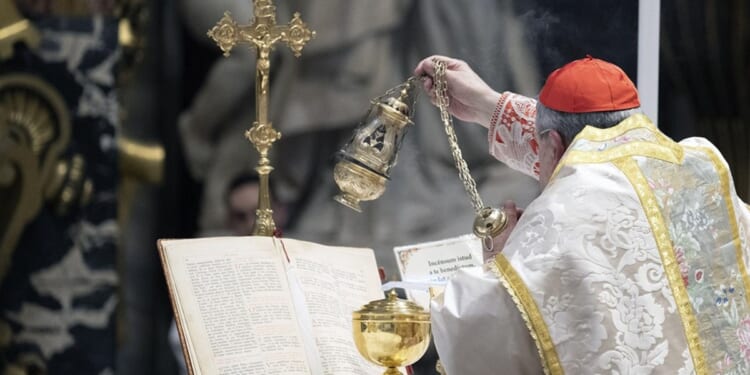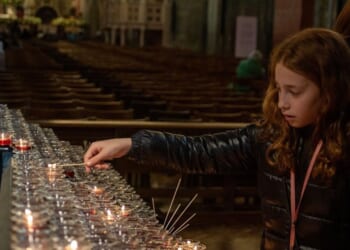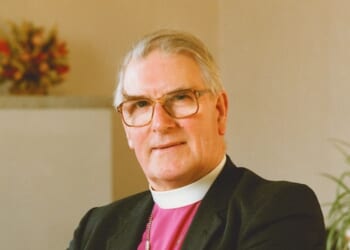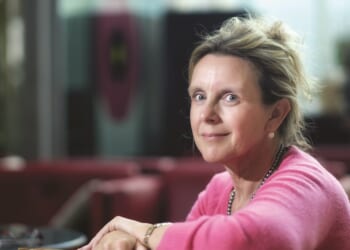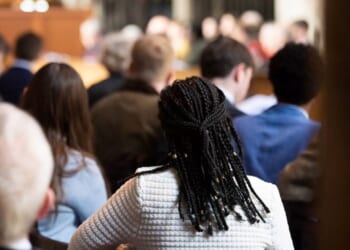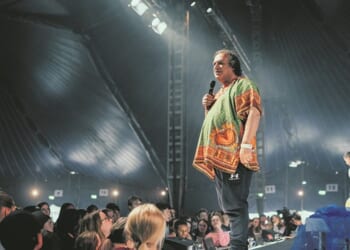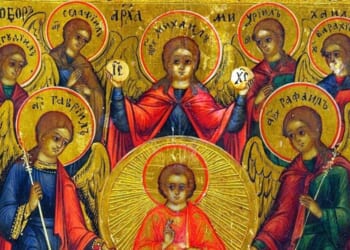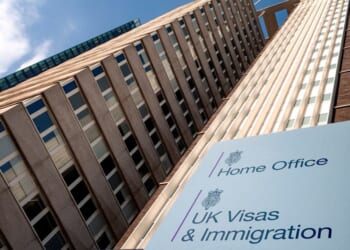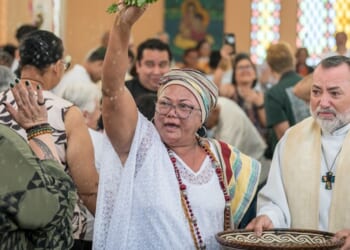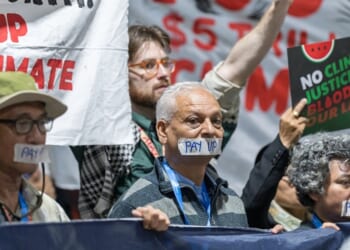THE Pope has allowed mass to be celebrated according to the Extraordinary Form — the Latin rite that was general before the Second Vatican Council — in St Peter’s Basilica, last Saturday, four years after Pope Francis tightened restrictions on its use.
The campaigning group Una Voce International, which promotes the old Latin rite, described the service in Rome as a “major breakthrough”. At least 3000 people, including cardinals, priests, and nuns, assisted, it reported. Cardinal Raymond Burke, a former Prefect of the Supreme Tribunal, was the celebrant.
The organisation’s English president, Dr Joseph Shaw, an Oxford academic, thanked the Pope for showing “a truly pastoral heart”, after there had been petitions against the provisions of Pope Francis’s July 2021 apostolic letter, Traditionis Custodes (News, 20 June).
“We are delighted with the welcome from officials and staff at the Basilica, who went to great trouble to accommodate numbers which exceeded everyone’s expectations,” Dr Shaw said.
The mass was celebrated the day after Pope Leo spoke about synodality — which had been championed by Pope Francis — on the opening day of a Jubilee of Synodal Teams and Participatory Bodies. He told the 5000 participants that the purpose of synodality was to help the Church to “fulfil its primary role” of mission and witness in the world.
“But we have to understand that we do not all run at the same speed, and sometimes have to be patient with one another, rather than a few people running ahead and leaving a lot behind,” he said.
“We are not looking for a uniform model — synodality will not come with a template, where everybody in every country will say this is how you do it. It is, rather, a conversion to a spirit of being Church, being missionary and building up in that sense the family of God.”
Responding to seven regional reports on the implementation of the final document on synodality from the 2021-24 Synod of Bishops, Leo said that a continued lack of equality for women mainly reflected “cultural obstacles”. The challenge was ensuring “co-participation of all members, each according to their vocation”, he said.

